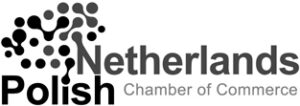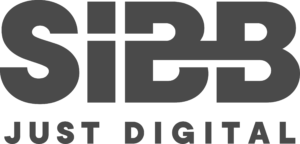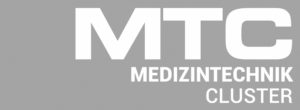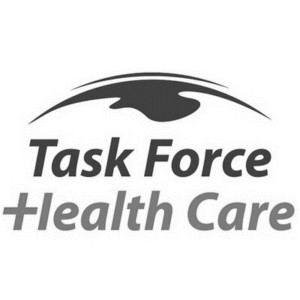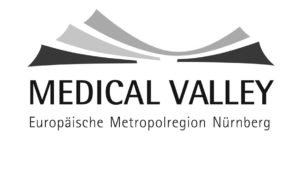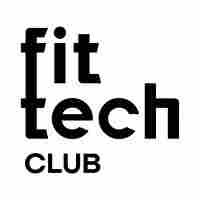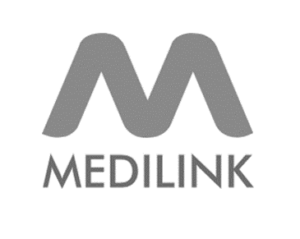PACS, RIS, DICOM AND MIP are systems and standards of a digital, connected, data managing and analysing of Imaging technology systems and platforms. The goal is to collect, administrate, distribute, store, track and interpret health related Images from Radiology.
Additional to the Article in our Knowledge Database:
here some technology details of this systems with highlights and as well videos which explain more.
PACS means Picture archiving and communication system and is a medical imaging technology used primarily in healthcare organizations to securely store and digitally transmit electronic images and clinically-relevant reports.
It is used to store, retrieve, present and share images produced by various medical hardware modalities, such as X-ray machines, computed tomography (CT) scans, magnetic resonance imaging (MRI) scans and ultrasound machines. The storage media for PACS can be online (cloud storage) or offline (on-premises).
Every PACS has four major components:
- Hardware imaging machines.
- Secure network for the distribution and exchange of patient images.
- Workstation or mobile device for viewing, processing and interpreting images.
- Electronic archive for storing and retrieving images and related documentation and reports.
More insight:
RIS is a Radiology Information System with software that medics can use to keep better track of each patient being treated. It is the core system for the electronic management of imaging departments. The major functions of the RIS can include patient scheduling, resource management, examination performance tracking, reporting, results distribution, and procedure billing. RIS complements HIS (hospital information systems) and PACS (picture archiving and communication system), and is critical to efficient workflow to radiology practices.
Radiological information systems commonly support the following features:
- Patient registration and scheduling
- Patient list management
- Modality interface using worklists
- Workflow management within a department of radiology
- Request and document scanning
- Result entry
- Digital reporting (usually using Voice Recognition (VR))[4]
- Printables like patient letters and printed reports
- Result transmission via HL7 integration or e-mailing of clinical reports[5]
- Patient tracking
- Interactive documents
- Creation of technical files
- Modality and material management
- Consent management
More insight:
DICOM® means Digital Imaging and Communications in Medicine and is the international standard for medical images and related information. It defines the formats for medical images that can be exchanged with the data and quality necessary for clinical use.
This standard has been widely adopted by hospitals and the medical software industry, and is sometimes used in smaller-scale applications, such as dentists’ and doctors’ offices.
It is implemented in almost every radiology, cardiology imaging, and radiotherapy device (X-ray, CT, MRI, ultrasound, etc.), and increasingly in devices in other medical domains such as ophthalmology and dentistry. With hundreds of thousands of medical imaging devices in use, DICOM® is one of the most widely deployed healthcare messaging Standards in the world. There are literally billions of DICOM® images currently in use for clinical care.
DICOM® is recognized by the International Organization for Standardization as the ISO 12052 standard.
More insight:
MIP means Maximum intensity projection is a simple three-dimensional visualization tool and simple ray-tracing technique where the maximum intensity encountered along each ray within volumetric data is projected onto the screen.
That can be used to display computed tomographic angiography data sets.
MIP images are not threshold dependent and preserve attenuation information. is a simple ray-tracing technique where the maximum intensity encountered along each ray within volumetric data is projected onto the screen.
More insight:
https://svi.nl/MaximumIntensityProjection

